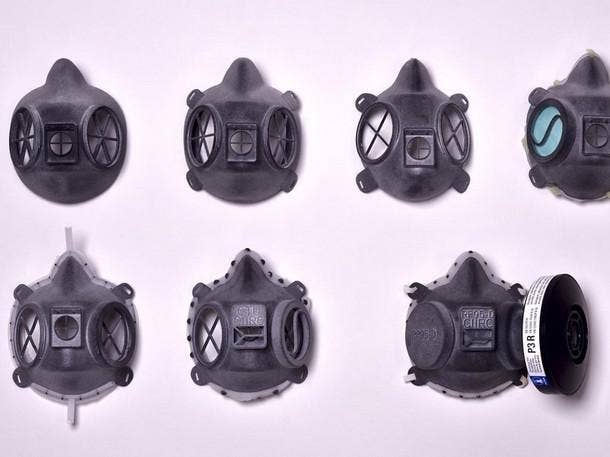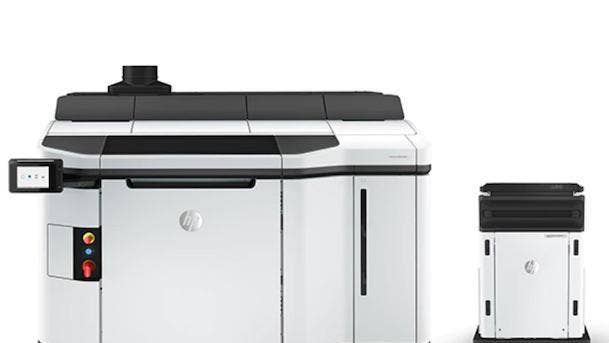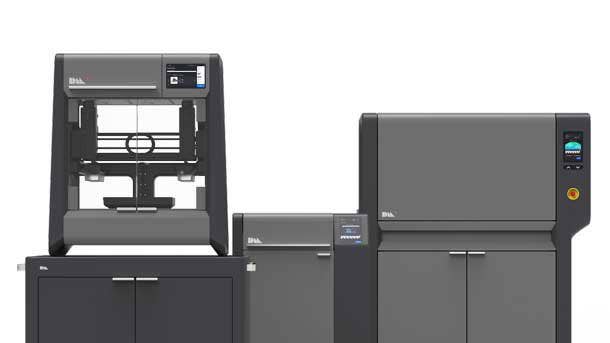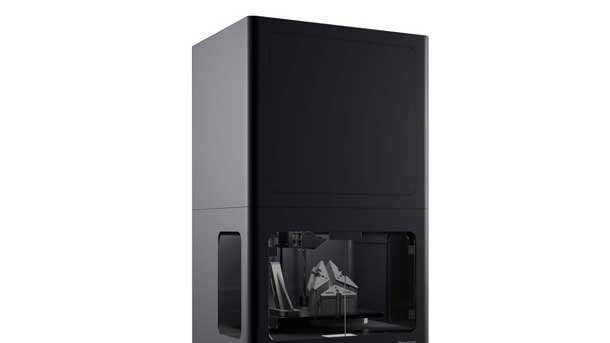5 Big 3-D Printing Trends To Watch In 2021
As the 3-D printing industry finds a higher profile after the COVID-19 response effort, opportunities to bring the technology to market are increasing for solution providers.

What’s Next For 3-D Printing
Seeing the opportunity to assist with producing critically needed medical supplies, the 3-D printing industry stepped up in 2020. In fact, the 3-D printing response effort to the COVID-19 pandemic may have been a “pivot point” for the industry, said Tim Greene, a research director in the hardcopy solutions group at research firm IDC. The advantages of 3-D printing have been on full display: the technology has shown its ability to rapidly move from design to production, while producing supplies wherever the needs are located. While actual unit shipments of 3-D printers were down in 2020 amid the upheaval from the crisis, Greene expects to see a rebound in 2021—not to mention a lasting positive impact on the 3-D print market over the longer term. “So many companies are thinking about their supply chain. They experienced a disruption, and now they want to make it so this doesn’t happen again,” he said.
For CRN’s Printer Week 2021, we’ve rounded up five of the biggest 3-D printing trends to watch in the coming year.

‘Expansion In The Marketplace’
In many ways during the events of 2020, 3-D printing technology “proved itself,” Greene said. “And now so many more people are aware of what can be done.” And that awareness may be exactly what the 3-D printing industry needs in order to enable the next stage of growth, he said.
Greater awareness “is often just the critical enabler of other things: ‘We did this, but could we also do this? Can we do it with this material, can we go a little faster, can we build a little wider?’” Greene said. “Just having the awareness of some of the capabilities of the technology, it makes you start to ask all the right questions that I think will ultimately lead to an expansion in the marketplace.”

Faster Machines, New Applications
While 3-D printing technology has come a long way in terms of the quality of objects produced, many machines are “still relatively slow,” Greene said. “But that will continue to get so much better with some of the newer technology that’s coming, or that has come over the past couple of years. And as it continues to get faster and faster, it enables a lot more applications and enables a lot more markets.”
Ultimately, the improvements “change the economics. Before, if you were going to 3-D print something, you wouldn’t think about doing 500 or 1,000 or 10,000 of them. But now, actually, it can be cost advantageous to do it up to the point where it’s 10,000 of these products,” Greene said. “Even at higher quantities, there’s a potential for economic advantages as the technology continues to get better.”
Among the new applications for 3-D printing are many types of customized consumer products, he said. In the wake of the dental aligner industry being “completely transformed” by 3-D printing, products such as glasses, prosthetic insoles and sporting goods such as bicycle seats and helmets all represent a “tremendous opportunity” for the 3-D printing industry, Greene said.

Deployment In Hospitals
Among the industries that are likely to be the most keenly interested in 3-D printing technology going forward is health care, after the technology was proven to be indispensable during the COVID-19 pandemic. Systems from 3-D print vendors including HP Inc., Markforged and Formlabs have been used to print crucial medical supplies such as face shields, ventilator parts, and nasal swabs for coronavirus testing. There’s a good possibility that most hospitals will end up getting a 3-D printer on site following the COVID-19 crisis, Greene said—but the applications for hospitals don’t stop at printing supplies for emergencies. Surgeons, for instance, have been found to be able to improve the outcome of certain types of surgery by using an exact 3-D printed model of the body part while planning the procedure, Greene said.
“By using these 3-D printing products, they’re able to plan the whole thing and basically go through the surgery before they actually go through it. So it makes the whole thing go faster, and they can plan it better and be less invasive,” he said.

Metal 3-D Printing Growth
One key area of innovation in the 3-D printing space is within metal 3-D printing, where companies including Markforged, Desktop Metal and HP Inc. are among the key players. “There are a lot of advances happening to make it faster, better quality, lower operating cost. All those things that made people say, ‘It’s great for prototypes, but you really can’t do it in production’ — a lot of those hurdles are being jumped. It’s becoming increasingly possible to use them for production,” Greene said. “The improvements that we’ve seen in metal are pretty amazing.”
The opportunity around metal 3-D printing is growing fast and has a “long runway,” he said. “There are tons and tons and tons of metal parts.”
HP’s Metal Jet technology, for instance, is expected to continue heading on the same trajectory as the company’s polymer 3-D print technology — ultimately providing metal 3-D printing that is “way cheaper and much faster,” Greene said. “As other companies come online or as they continue to expand their business — Desktop Metal is a good example — many of them are promising much faster production. You’ll see speeds continue to increase.”

Partner Opportunity Expands
As the market awareness and technologies for 3-D printing continue to get better, the opportunities for solution providers are improving, too, Greene said. “If you’re in the office channel, and your markets are pretty mature, and you’re thinking about what other markets you could do well—you should be looking at [3-D print],” he said.
Customers in verticals such as health care are “going to be buying these solutions—and they should be buying from you,” Greene said. “If you’re interested in growth, if you’re interested in opportunity expansion, 3-D printing is one that’s close by. It doesn’t necessarily mean they’re going to buy from you, just because you’re the guy they buy their copiers from. You have to have some experience and some people in the building who are going to know how [a customer would] use the 3-D printer, how it connects to their IT and what they want to do with it. But there’s no reason why companies that are in the channel can’t make those investments to have that level of understanding.”